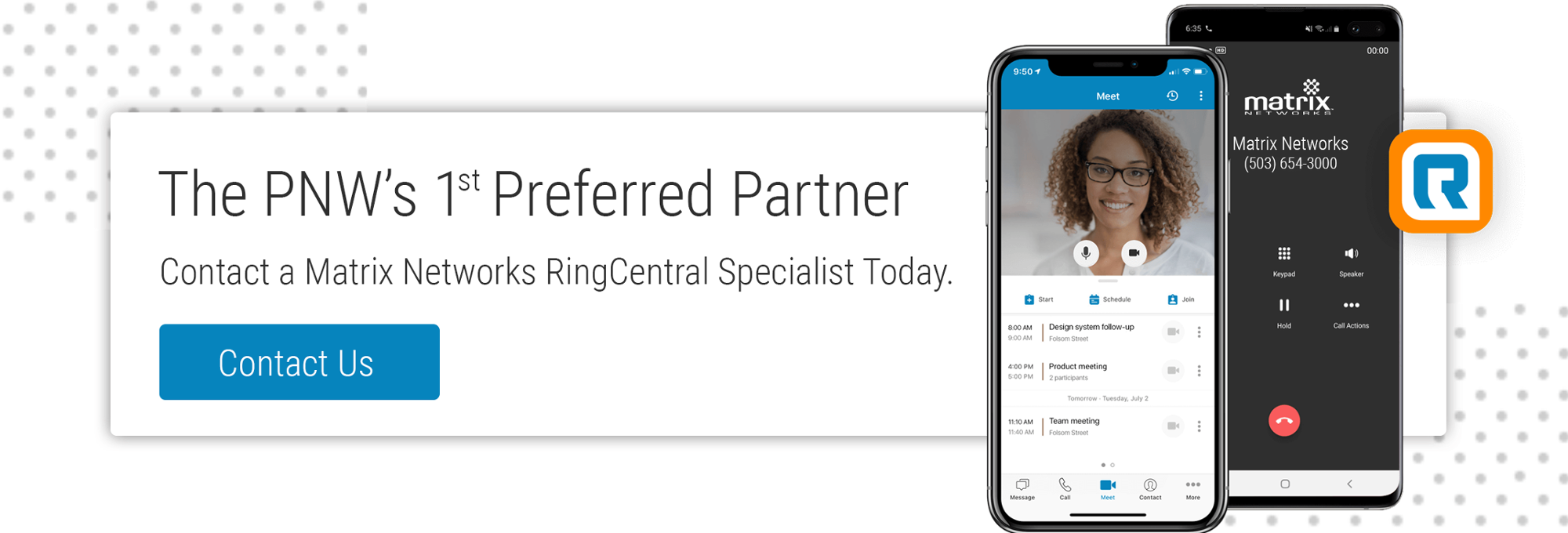
My dad got a new set of golf clubs a few years ago, which was big for him. As a traditionalist, he had a hard time moving on from his wooden clubs that he learned to play with in high school, so upgrading to a new set was pivotal.
His conservatism remained, however, when we played a round soon after.
“Why don’t you use the hybrid from here?” I asked. “Perfect for a little draw.”
“I hate those things; can’t use them,” he muttered as he played a high five wood from the fairway. He slammed the wide head to the ground in disgust.
Months later, we played again, and he was a changed man.
“I didn’t even know what I had in my bag that whole time! These beauties have revitalized my game,” he grinned and stroked a hybrid, low and rising, to the par 5 green.
Chances are you’re holding a club in your bag that you don’t know about...
The Contact Center you Don't Know you Have
The way companies communicate today looks nothing like it did when my dad was still using his wooden clubs, and many companies look to outside sources for help. They often worry that in a world of increasing exposure to enormous consumer populations, their small size will be overwhelmed by contact requests, many of which will fail to provide any income. With too few customer service agents, a company risks losing customer satisfaction, a key to growth. With overstaffing, a company bleeds cash and growth drags, so the stakes are high to find the perfect solution.
Most organizations don’t realize they offer a Contact Center, but if they have anyone in charge of answering phones, taking appointments, scheduling orders, providing service or troubleshooting – in fact, they have a contact center. If there is a webpage with contact services (SMS, email, chat) or a 1-800 number, they have a contact center. Like my dad sleeping on his hybrids and still using his woods, these companies may be overlooking a significant opportunity for customer engagement and success. With a robust communications system (such as inContact, Five9, or Talkdesk) companies can leverage their technological advantage to outpace and outperform their competition in customer service and ensure their own success.
With support from Matrix – which offers deployment and consulting for these services – companies can have more control over their interaction with customers than ever before and can understand and predict their preferences and behaviors better as well. Taking advantage of these services allows companies improved analytics and forecasting and better integrated SMS, video chat, webchat, and social integrations of their platforms.
When companies don’t update their customer engagement platforms and let them age instead, a disconnect naturally arises between the contact experience for the customer and the results of that interaction. For example, if a company has voice-only capabilities for their customer engagement platform, limited reporting of data from that interaction, and no integration points for other forms of communication, there can be lost information, delays, miscommunications, and overall waste. If that platform is updated to increase analytics and integrate more communication channels, customer service is improved and that company has a competitive edge over its lagging rivals.
What’s more, once a company has upgraded its contact features, it immediately appears more professional. You’ve visited the websites with poor contact resources or none at all. Likewise, you’ve visited the sites with clearly distinguished information for a call center and options for SMS, webchat, or social media contact, and you were likely satisfied with the ease of communication and access. If the response was prompt, you were even more pleased, and were probably more likely to recommend the site to others. The appeal, then, of a Contact Center is obvious, and with the ease of these services and the committed support of Matrix, companies from small to large can compete with anyone.
The Customer Journey: Five9 IVA & Contact Center Demonstration
Author: Matrix Networks



.svg%20(1).png?width=55&name=1200px-Logo_of_YouTube_(2015-2017).svg%20(1).png)

